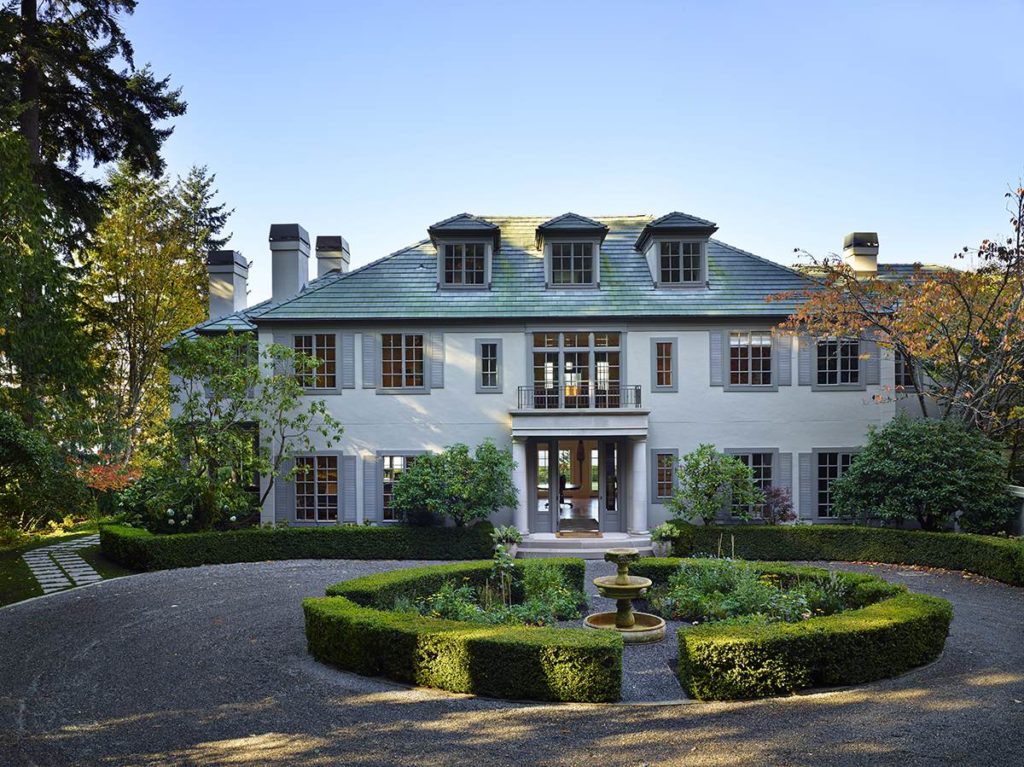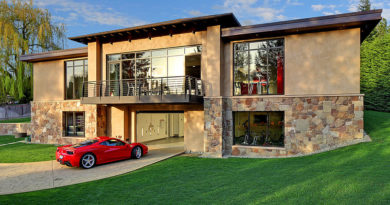SCIENTIFIC VASTU PRINCIPLE | PROPORTIONS (MAANA) | An Architect Explains
After Selecting the Site, it is worthwhile to apply Vastu Principles and tips to the design of the building. This will ensure a proportionate, aesthetic and beautiful building with the right measurements. One of the five Vastu Principles, ‘Maana-Proportions’ is a guide for designing and planning buildings with the right proportions.

The Vastu Principle – Maana or Proportion prescribes the perfect ratio of height-to-breadth of a building to create a perfectly proportionate structure. Since Vastu is a science, every guideline is based on logic and scientific reasoning. As an Architect, I have explained these guidelines rationally and scientifically under the following headings, so that you have a choice and can decide what you want to follow or don’t instead of looking at Vastu as a superstition:
What is Maana- proportions in Vastu Shastra?
What are the standard measurements associated with buildings?
What according to Vastu Shastra is the best ratio of height to breadth in buildings?
Why is it worthwhile to live in a proportionate house?
WHAT IS MAANA – PROPORTIONS IN VASTU SHASTRA?
Whether one is creating a building, a craft item or an article of daily use, the aim of the design should be that:
- The designed product must be useful and lend itself to easy application.
- The designed product must be aesthetically pleasing. This principle covers the exterior of a building as well as the interior.
- The designed product must be capable of evoking a feeling of well-being and contentment.
For this, follow certain ‘proportions’ when designing an object or a building. ‘Maana’ is the Vaastu Shastra principle of ‘Proportionate Measurement’. According to Vaastu Shastra, adherence to Maana is imperative in all creative activity, be it sculpture or architecture because only then will an object created by man look perfect, proportionate and pleasing to the eye.
The ancient Indian Vaastu pundits after trial and error, arrived at the perfect measurements- ratio of height, length and breadth- to create a proportionate three dimensional building. So for centuries afterwards, this became an easy formula for Architects to follow when designing buildings.
WHAT ARE THE STANDARD MEASUREMENTS ASSOCIATED WITH BUILDINGS?
In Vastu Shastra the standards of measurements were Angula (3/4th. of an inch) and Hasta (18 inches). The measurement is divided into 6 categories:
- Measurement of height,
- Measurement of breadth,
- Measurement of width or circumference,
- Measurement along plumb lines,
- Measurement of thickness and
- Measurement of interspace.
Vaastu Shastra prescribes proportionate ratios of these 6 measurements in order to create buildings with good proportions.

WHAT ACCORDING TO VASTU SHASTRA IS THE BEST RATIO OF HEIGHT TO BREADTH FOR BUILDINGS?
The following ratios of Height to Breadth are the best for buildings and each ratio indicates a certain aspect of beauty and proportion. It is best to follow one of these ratios, according to your requirement.
- Ratio of 1: When the Height is equal to the Breadth, the structure is considered to be aesthetically proportionate.
- Ratio of 1.25: When the Height is 1.25 times the Breadth, the structure is considered to have good stability.
- Ratio of 1.5: When the Height is 1.5 times the Breadth, the structure is considered to have a pleasant appearance.
- Ratio of 1.75: When the Height is 1.75 times the Breadth, the structure is good in every way and will appear to be both strong and beautiful.
- Ratio of 2: When the Height is twice the Breadth, the structure will appear gorgeous.
WHY IS IT WORTHWHILE TO LIVE IN A PROPORTIONATE HOUSE?
According to Vaastu Shastra, if a house is strictly built according to the proportionate measurements described above, then the house becomes worthy of living in.
The Scientific Explanation – It is obvious that a proportionate building will appear aesthetic, pleasing to the eye and get a lot of attention making it a pleasure to live in. However, most of the buildings that have sprung up in recent times in our cities, with no regard for proportion are actually eye-sores! The only consideration in the design of such structures is about maximizing the F.A.R./F.S.I. and no thought is given to the proportion. This is the reason the science of Vaastu Shastra insists on strictly adhering to proportions, so that the resulting structure is always pleasing to look at, and the overall architecture of the street and the City on a larger scale, is beautiful.
So, when people have doubts about proportions and aesthetics one can refer to the science of Vastu Shastra. All the proportions and measurements for creating a beautiful house have been handed down to us on a platter, in the form of formula. So benefit from them!

READ ALSO:
This post about the ‘Vastu Shastra principle | Maana – Proportions’ explains the right proportions and ratio of height to breadth for buildings. The Proportion is related to the dimensions of the buildings. Read about the formulae used for fixing the dimensions, Length x Breadth x Height of a building in the post, “Vastu Principle | Aayadi – Dimensions”, here:
If you found this post useful, all it takes is a simple click on the “pin it” “like,” “share,” “tweet,” or Google+ buttons below the post.
Related Topics:
- Vastu Shastra | Explained By An Architect
- Vastu Shastra | Principles For A House
- Vastu Shastra | Factors That Impact A House
- Vastu Guidelines | Designing A House
- Vastu Guidelines | Interiors Of A House
- Vastu Guidelines | Exteriors Of A House
- Vastu Guidelines | Selecting The Right Site
- Vastu Guidelines | Construction Of A House
- Vastu Guidelines | Rituals For A House
- Vastu Guidelines | Non-Residential Buildings
- Remedies For Vastu Defects




